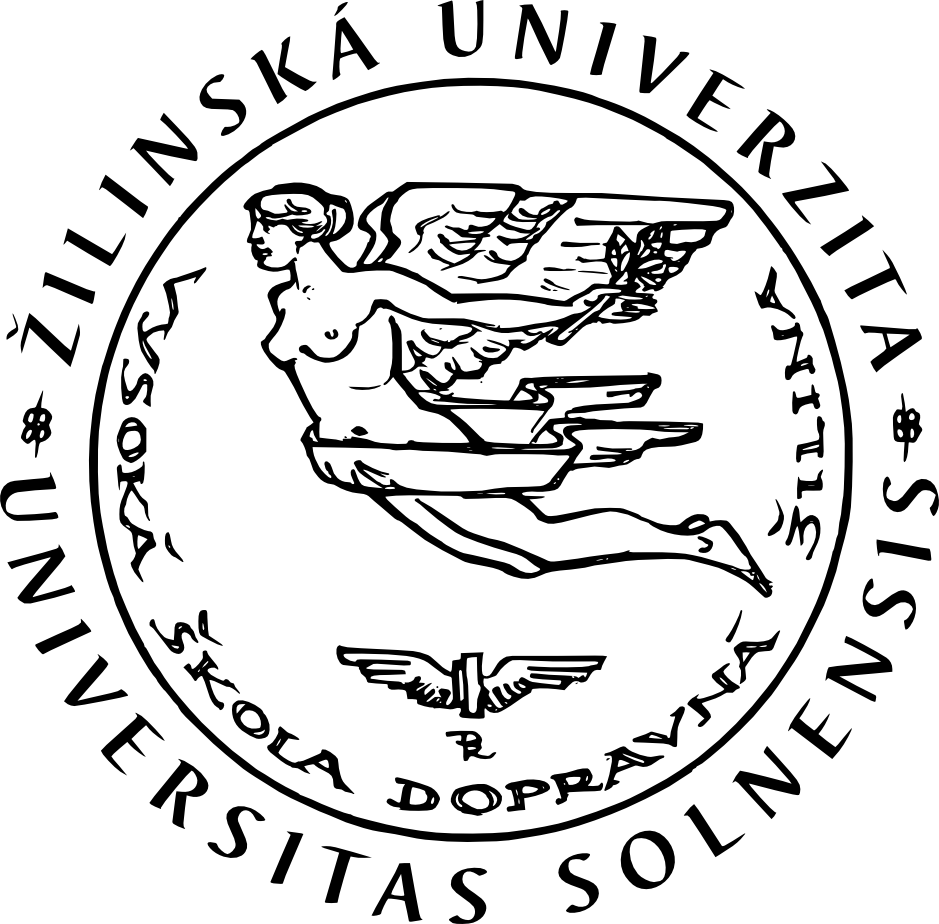 1 Botanical analyses
After two hours we reached the Galfadura hut, situated right above the colony of the totem species of Alps Marmot. Here we spend some time observing the colony and behavior of marmots and professor Janiga described thoroughly all the aspects and peculiarities of marmots’ life.
1 Botanical analyses
After two hours we reached the Galfadura hut, situated right above the colony of the totem species of Alps Marmot. Here we spend some time observing the colony and behavior of marmots and professor Janiga described thoroughly all the aspects and peculiarities of marmots’ life.
 2 The view from a Galfadura hut above the colony of marmmots
The weather up in the mountains was too foggy to continue so we decided to go down, we stopped by the small temporary lake to investigate local fauna of amphibians and water insects.
Back in the hostel we used presentation room to meet up and explain the program and aim of the summer school. Students used the rest of the day to make a species list and recherché of the day, what became their daily duty and routine to summarize and memorize acquired knowledge. The presentation room that we had rented at the hostel served this purpose really well.
Day 3 – Alpine botany and zoology
We drove to small town of Malbun situated in the high elevations. We took a lift for the mountain ridge to get to the Alpine zone above the treeline and stop to listen to the presentation of prof. Janiga on the largest bird of prey present in the Alps – Golden Eagle. Right after prof. Odland took charge and informed us about the adaptation of alpine plants to harsh alpine environment. After these interesting forewords we followed the ridge and stopped often to determine alpine plants and birds.
2 The view from a Galfadura hut above the colony of marmmots
The weather up in the mountains was too foggy to continue so we decided to go down, we stopped by the small temporary lake to investigate local fauna of amphibians and water insects.
Back in the hostel we used presentation room to meet up and explain the program and aim of the summer school. Students used the rest of the day to make a species list and recherché of the day, what became their daily duty and routine to summarize and memorize acquired knowledge. The presentation room that we had rented at the hostel served this purpose really well.
Day 3 – Alpine botany and zoology
We drove to small town of Malbun situated in the high elevations. We took a lift for the mountain ridge to get to the Alpine zone above the treeline and stop to listen to the presentation of prof. Janiga on the largest bird of prey present in the Alps – Golden Eagle. Right after prof. Odland took charge and informed us about the adaptation of alpine plants to harsh alpine environment. After these interesting forewords we followed the ridge and stopped often to determine alpine plants and birds.
 3 Arvid Odland helps with determination of plant species
3 Arvid Odland helps with determination of plant species
 4 Feaces of Rock Ptarmygan
4 Feaces of Rock Ptarmygan
 5 Last ridge before Augstenberg
Our point of return was peak Augstenberg. We went back to the hostel observing human settlements that were well situated in the country and reflected relationship between man and mountains. In the evening students worked together on their assignments and species lists in lecture hall.
Day 4 – Wetlands and environmental sustainability
Day 4 we visited wetland locality Ruggeller Reit, which is a part of Ramsar agreement on conservation of wetlands. On 90 ha of reservation we had chance to observe many important wetland species both from fauna and flora. The amount of species and diversity were interesting both for academics and students.
In the afternoon we had invited prof. Peter Droege from Liechtenstein University. He is an international expert on advanced urban design, planning and renewable infrastructure development.
5 Last ridge before Augstenberg
Our point of return was peak Augstenberg. We went back to the hostel observing human settlements that were well situated in the country and reflected relationship between man and mountains. In the evening students worked together on their assignments and species lists in lecture hall.
Day 4 – Wetlands and environmental sustainability
Day 4 we visited wetland locality Ruggeller Reit, which is a part of Ramsar agreement on conservation of wetlands. On 90 ha of reservation we had chance to observe many important wetland species both from fauna and flora. The amount of species and diversity were interesting both for academics and students.
In the afternoon we had invited prof. Peter Droege from Liechtenstein University. He is an international expert on advanced urban design, planning and renewable infrastructure development.
 6 Presentation of Peter Droege - Sustainable management of Alpine territories
He had the presentation on sustainable management in alpine environment in Alps, followed by long discussion. The meeting then moved to debate of academics where we agreed on potentially fruitful cooperation in his project Atlas. It was very good experience and from this point of view we really fulfilled one of our aims to reach out to local experts and initiate cooperation of EEA countries.
Day 5 – Swiss National Park
Fifth day of the summer school was dedicated to Nature conservation in Switzerland, we drove to city of Zernez to see the visitor’s center of Swiss National Park, were we learned various facts about adaptations of fauna and flora to life in the mountains. We also had a chance to see interesting methods of nature interpretation such as videos, games, tasks, quizzes etc.
In the afternoon we went to see and walk along the educational trail within the national park, where we split our group to people who were more interested into Botany and people interested in Zoology. The trail informed in regular stands about various aspects of nature protection, ecology of present species and nature forces in very understandable manner. Among many other species we were able to see chamois and red deer and very rare orchid.
We came back to the hostel quite late.
6 Presentation of Peter Droege - Sustainable management of Alpine territories
He had the presentation on sustainable management in alpine environment in Alps, followed by long discussion. The meeting then moved to debate of academics where we agreed on potentially fruitful cooperation in his project Atlas. It was very good experience and from this point of view we really fulfilled one of our aims to reach out to local experts and initiate cooperation of EEA countries.
Day 5 – Swiss National Park
Fifth day of the summer school was dedicated to Nature conservation in Switzerland, we drove to city of Zernez to see the visitor’s center of Swiss National Park, were we learned various facts about adaptations of fauna and flora to life in the mountains. We also had a chance to see interesting methods of nature interpretation such as videos, games, tasks, quizzes etc.
In the afternoon we went to see and walk along the educational trail within the national park, where we split our group to people who were more interested into Botany and people interested in Zoology. The trail informed in regular stands about various aspects of nature protection, ecology of present species and nature forces in very understandable manner. Among many other species we were able to see chamois and red deer and very rare orchid.
We came back to the hostel quite late.
 7 One of the slides from educational trail at Swiss National Park
7 One of the slides from educational trail at Swiss National Park
 8 Observing large mammals at Swiss National Park
Day 6 – Day off
We used this day to relax after hard Friday, students worked on their resumé and species lists and used the rest of the time to visit Vaduz castle or swimming pool.
Day 7 – Alpine zoology and conservation strategies
This day we gathered together in the morning and walked towards the Liechtenstein national museum, with large exposition on local fauna and history of Liechtenstein. Here prof. Janiga was our guide and provided many information on the exposition from fish to large mammals.
8 Observing large mammals at Swiss National Park
Day 6 – Day off
We used this day to relax after hard Friday, students worked on their resumé and species lists and used the rest of the time to visit Vaduz castle or swimming pool.
Day 7 – Alpine zoology and conservation strategies
This day we gathered together in the morning and walked towards the Liechtenstein national museum, with large exposition on local fauna and history of Liechtenstein. Here prof. Janiga was our guide and provided many information on the exposition from fish to large mammals.
 9 Exposition at the Liechtenstein national museum
9 Exposition at the Liechtenstein national museum
 10 Interactive lecture on large Mammalia adaptations to alpine conditions
Afternoon was dedicated to presentation of Lorenz Heer a Swiss zoologist. At the University of Bern Lorenz Heer studied biology with focus on ornithology and behavioral ecology. He graduated from a doctoral thesis on the cooperative breeding system of Alpine Accentor. He put his field biological focus into the mountainous regions of Swiss Alps. He was also for many years a redactor of Swiss ornithological journal Ornis. He is interested in adaptation of birds and large mammals to alpine conditions. Beside that he is excellent photographer of mountains and animals.
10 Interactive lecture on large Mammalia adaptations to alpine conditions
Afternoon was dedicated to presentation of Lorenz Heer a Swiss zoologist. At the University of Bern Lorenz Heer studied biology with focus on ornithology and behavioral ecology. He graduated from a doctoral thesis on the cooperative breeding system of Alpine Accentor. He put his field biological focus into the mountainous regions of Swiss Alps. He was also for many years a redactor of Swiss ornithological journal Ornis. He is interested in adaptation of birds and large mammals to alpine conditions. Beside that he is excellent photographer of mountains and animals.
 11 Presentation of Lorenz Heer provided many interesting facts on large mammals and their adaptations to Alpine conditions. He also spoke about nature conservation strategies in Switzerland
At the Summer School of Alpine Ecology in Lichtenstein Doctor Heer had presentations about adaptations of large mammals to alpine conditions and nature conservation strategies in Switzerland.
Day 8 – Effects of grazing in the alpine zone
We went for the field trip to Switzerland, we took the cable car to get us to the Alpine zone, to area that was heavily affected by grazing. We talked about the pros and cons of a pasture in alpine zone. We also determined new species of flora for the species lists and we also saw a couple of new species from fauna mainly newts.
11 Presentation of Lorenz Heer provided many interesting facts on large mammals and their adaptations to Alpine conditions. He also spoke about nature conservation strategies in Switzerland
At the Summer School of Alpine Ecology in Lichtenstein Doctor Heer had presentations about adaptations of large mammals to alpine conditions and nature conservation strategies in Switzerland.
Day 8 – Effects of grazing in the alpine zone
We went for the field trip to Switzerland, we took the cable car to get us to the Alpine zone, to area that was heavily affected by grazing. We talked about the pros and cons of a pasture in alpine zone. We also determined new species of flora for the species lists and we also saw a couple of new species from fauna mainly newts.
 12 Heading for the alpine zone
12 Heading for the alpine zone
 13 Collecting records of animals and plant species
13 Collecting records of animals and plant species
 14 Interactions - human activity vs natural ecosystems
Day 9 – Alpine Zoo and botanical garden in Innsbruck
We left early to drive to Innsbruck, our goal was to visit two institutions. The first one was Alpine Zoo dedicated solely to species of alpine fauna. We walked through the zoo and prof. Janiga gave us the information on animals, their life strategies, adaptations and habitats.
14 Interactions - human activity vs natural ecosystems
Day 9 – Alpine Zoo and botanical garden in Innsbruck
We left early to drive to Innsbruck, our goal was to visit two institutions. The first one was Alpine Zoo dedicated solely to species of alpine fauna. We walked through the zoo and prof. Janiga gave us the information on animals, their life strategies, adaptations and habitats.
 15 Lynx at Alpine Zoo Innsbruck
15 Lynx at Alpine Zoo Innsbruck
 16 Capra Ibex at Alpine Zoo Innsbruck
After the visit of the zoo we went to the botanical garden in Innsbruck which is run by local University, here Arvid Odland was waiting to explain to us and show the morphological attributes of some alpine plants species. We also had a chance to talk to local gardeners, most of them were students of local University and took care about the plants as a part of their studies.
Day 10 – Seminar about the research methods, current research and possibilities of the IHMB
At the seminar academics of IHMB presented their research and other interesting information. Prof. Janiga had three presentations: First one was about the institute of high mountain biology, the one that followed was about the research on lead contamination of alpine ecosystems where he presented results of long-term research on the lead pollution in alpine zone.
16 Capra Ibex at Alpine Zoo Innsbruck
After the visit of the zoo we went to the botanical garden in Innsbruck which is run by local University, here Arvid Odland was waiting to explain to us and show the morphological attributes of some alpine plants species. We also had a chance to talk to local gardeners, most of them were students of local University and took care about the plants as a part of their studies.
Day 10 – Seminar about the research methods, current research and possibilities of the IHMB
At the seminar academics of IHMB presented their research and other interesting information. Prof. Janiga had three presentations: First one was about the institute of high mountain biology, the one that followed was about the research on lead contamination of alpine ecosystems where he presented results of long-term research on the lead pollution in alpine zone.
 17 Prof. Marián Janiga presentation about activities and research at IHMB
His last presentation was about the financing of the national parks and the economy of nature conservation. All of these presentation were up to date and presenting intriguing facts on the research and sustainable economic models for national parks as both things are important for responsible management of protected areas. Students had an opportunity to learn about how the research connected to environmental issues could be done and also how the nature protection works from the practical point of view in different parts of the world mainly in terms of financial sustainability going hand in hand with preserving and enhancing quality of the environment.
Dr. Solar from IHMB then presented different models of zonation in national parks in the world. He also had presentation of international treaties and mechanisms that are targeted towards the conservation of nature, quality of the environment and ecosystems such as NATURA 2000, Ramsar agreement etc.
17 Prof. Marián Janiga presentation about activities and research at IHMB
His last presentation was about the financing of the national parks and the economy of nature conservation. All of these presentation were up to date and presenting intriguing facts on the research and sustainable economic models for national parks as both things are important for responsible management of protected areas. Students had an opportunity to learn about how the research connected to environmental issues could be done and also how the nature protection works from the practical point of view in different parts of the world mainly in terms of financial sustainability going hand in hand with preserving and enhancing quality of the environment.
Dr. Solar from IHMB then presented different models of zonation in national parks in the world. He also had presentation of international treaties and mechanisms that are targeted towards the conservation of nature, quality of the environment and ecosystems such as NATURA 2000, Ramsar agreement etc.
 18 Jaroslav Solár- presentation on zonation of national parks
M.Sc. Némethy had presentation on technics in fast growing field of Molecular Ecology that are used at IHMB. Presentation also concluded an example of a research that used these technics to assess dispersal potential of spruce bark beetle in High Tatra Mountains.
Day 11 – Biosphere park Groses Walsertal
We went to Groses Walsertal, which is UNESCO biosphere reserve, to see the sustainable forms of human-nature interaction. We had chance to visit local farmer who is producing cheese and other goods from his own cattle. We continued in our botany and zoological tasks. This was also our last field excursion.
18 Jaroslav Solár- presentation on zonation of national parks
M.Sc. Némethy had presentation on technics in fast growing field of Molecular Ecology that are used at IHMB. Presentation also concluded an example of a research that used these technics to assess dispersal potential of spruce bark beetle in High Tatra Mountains.
Day 11 – Biosphere park Groses Walsertal
We went to Groses Walsertal, which is UNESCO biosphere reserve, to see the sustainable forms of human-nature interaction. We had chance to visit local farmer who is producing cheese and other goods from his own cattle. We continued in our botany and zoological tasks. This was also our last field excursion.
 19 Cheese making at local cabin. Cheese making presents cultural heritage of this area
Day 12 – Studying and presentation of Martin Beniston
Before noon students worked on their assignments and they kept preparing for the final exams. The academics were together adjusting the form of exam for next day.
In the afternoon we were honored to have a presentation from world famous climatologist and Nobel Prize holder Martin Beniston, who had a presentation on various aspects of climate change mainly in connection to mountains and alpine zones. The talk was followed by long discussion and students and teachers were astonished by the amount and quality of information given.
19 Cheese making at local cabin. Cheese making presents cultural heritage of this area
Day 12 – Studying and presentation of Martin Beniston
Before noon students worked on their assignments and they kept preparing for the final exams. The academics were together adjusting the form of exam for next day.
In the afternoon we were honored to have a presentation from world famous climatologist and Nobel Prize holder Martin Beniston, who had a presentation on various aspects of climate change mainly in connection to mountains and alpine zones. The talk was followed by long discussion and students and teachers were astonished by the amount and quality of information given.
 20 Presentation of Prof. Martin Beniston was a highlight of the summer school
Day 13 – Final Exam, evaluation and ceremony
On this day it was a time for students to show what they learned and remembered from the summer schools. They have been given written exam. After the exam all academics meet up to look at the answers and decided marks. Some students performed very well some of them not that well, generally those students who had kept up with recherché and assignments during the summer schools performed better. After corrections we had a closing ceremony. Here we handed out the certificates to students and academics from both institutions had speeches. Rest of the day we spend packing and socializing for a last time.
20 Presentation of Prof. Martin Beniston was a highlight of the summer school
Day 13 – Final Exam, evaluation and ceremony
On this day it was a time for students to show what they learned and remembered from the summer schools. They have been given written exam. After the exam all academics meet up to look at the answers and decided marks. Some students performed very well some of them not that well, generally those students who had kept up with recherché and assignments during the summer schools performed better. After corrections we had a closing ceremony. Here we handed out the certificates to students and academics from both institutions had speeches. Rest of the day we spend packing and socializing for a last time.
 21 Closing ceremony- students were given diploma and best of them even a small prize
Day 14 – Travelling
We left shortly after breakfast towards the Munchen airport to drop our Norwegian colleagues for a plane. Afterwards, we continued on our way home changed by new knowledge, experience, memories and acquaintances. Everybody had something to reflect upon.
21 Closing ceremony- students were given diploma and best of them even a small prize
Day 14 – Travelling
We left shortly after breakfast towards the Munchen airport to drop our Norwegian colleagues for a plane. Afterwards, we continued on our way home changed by new knowledge, experience, memories and acquaintances. Everybody had something to reflect upon.
This project is co-funded by the EEA Grants and the state budget of the Slovak Republic from the EEA Scholarship Programme Slovakia.
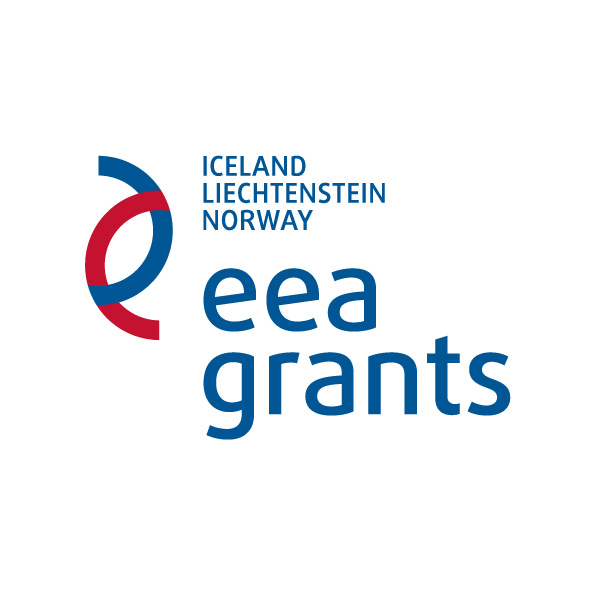
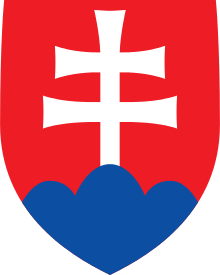
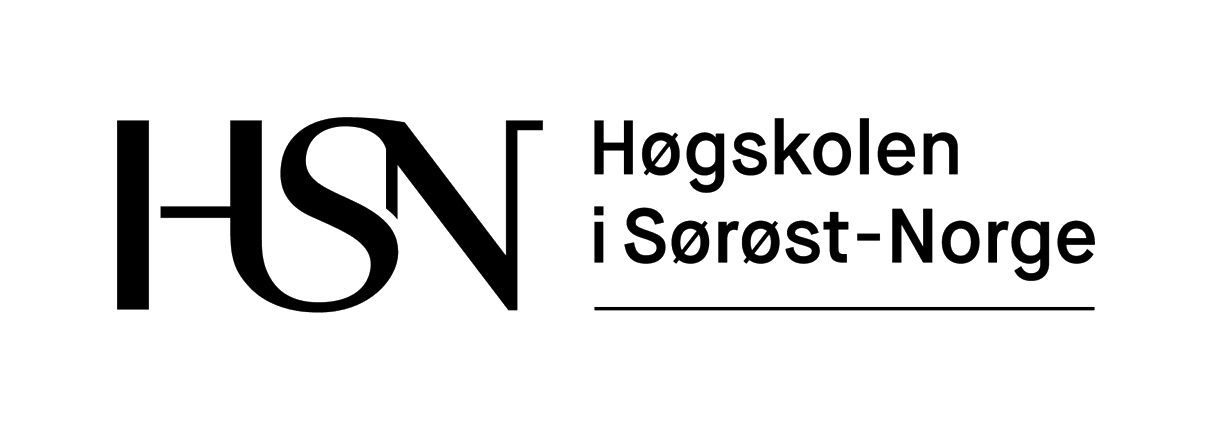
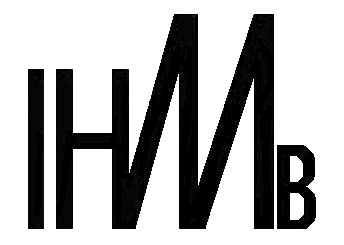 Institute of High Mountain Biology
Institute of High Mountain Biology